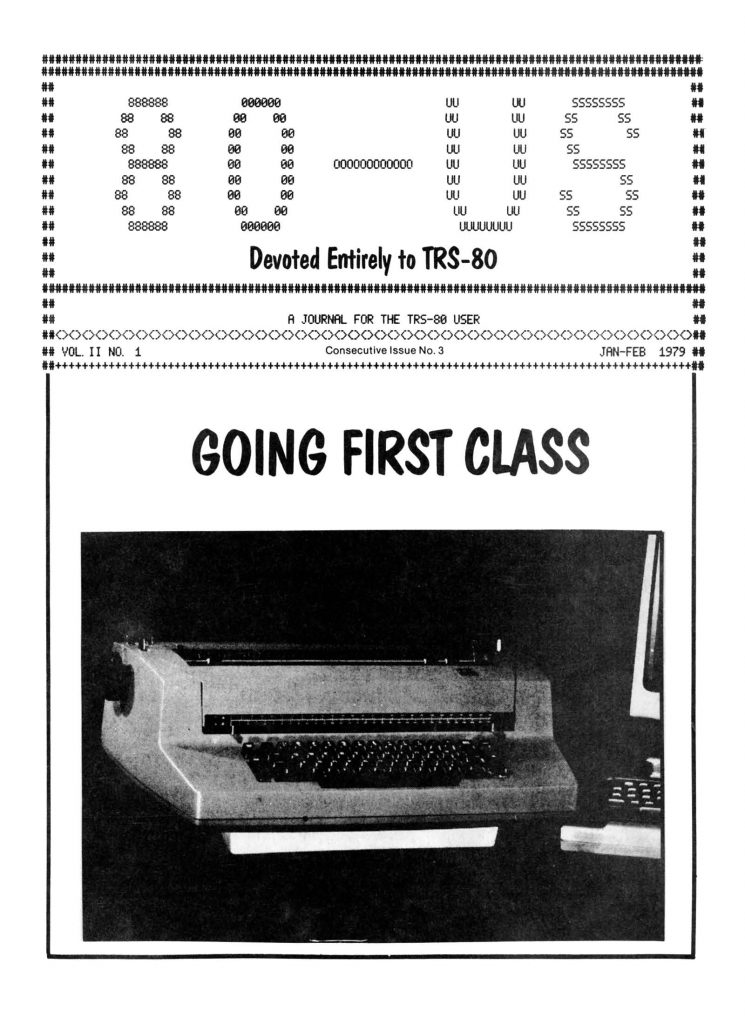
https://darth-azrael.tumblr.com/post/190624423659/retrocgads-usa-1984
Time Bandit is an interesting game and probably one that most people have never heard of, much less played. The most well known versions of the game were the Atari ST and Amiga versions released in 1985 and 1989 respectively. However, Time Bandit began life before that. Time Bandit actually originated on the TRS-80 Model I in 1983 and was ported shortly thereafter to the TRS-80 Color Computer. The Color Computer 2 was released that same year.

Time Bandit is a top-down action adventure game. Visually, it looks a bit like Gauntlet (at least the later versions). In each level, you must gather keys in order to access the exit. Once you exit a level, you can choose from 16 different “Timegates”, each leading to a different world (sounds a bit like the movie/TV show Stargate). In the TRS-80 versions, there are three worlds: Space World, Western World, and Fantasy World which exist in different time periods and have graphics to match. Each world has seven portals to different locations. Every time you enter one of the portals, the layout changes. Your goal is to complete each portal sixteen times. Of course the later in the iteration cycle you are, the harder it gets (more keys to collect for more locks). Later versions of the game had more worlds.

For TRS-80 owners I would say this is a must have game. In later versions, despite the lack of background music, sparse sound effects and relatively simple (but effective) graphics, this is also an excellent choice. This game was also released on MS-DOS machines so that is an option as well. You’ll have to track down an original copy (but they seem pretty expensive on eBay) to play it or use emulation. All versions are great so play it on your favorite platform. The best version is probably the Amiga version followed closely by the Atari ST and DOS versions.
The screenshots and ad above (from 1984) are for the TRS-80 Color Computer version of the game.




